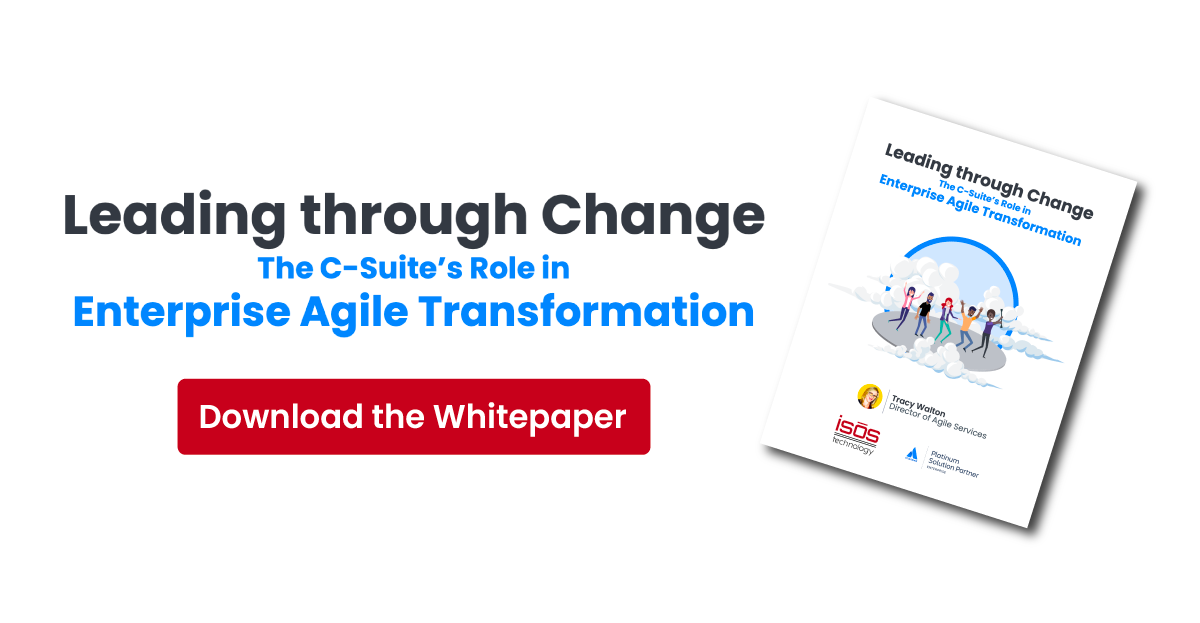 You see it all the time – a blooming startup or company with a remarkable culture and the drive to be an industry leader, but then they fizzle out right when they reach their pinnacle. Think Blockbuster, Kodak, or even WeWork. Why does this happen? And what could the organization or leadership have done differently to have a different outcome? Is it all just the luck of the draw, lack of competitive advantage, or not keeping an eye on emerging markets and competition? I'd argue that a lot of it has to do with the culture of the organization.
You see it all the time – a blooming startup or company with a remarkable culture and the drive to be an industry leader, but then they fizzle out right when they reach their pinnacle. Think Blockbuster, Kodak, or even WeWork. Why does this happen? And what could the organization or leadership have done differently to have a different outcome? Is it all just the luck of the draw, lack of competitive advantage, or not keeping an eye on emerging markets and competition? I'd argue that a lot of it has to do with the culture of the organization.
Anyone who works in a company works for and with others. Regardless of if it's contrived or organic, wherever there's a group of people, there's culture. When culture is not established and nurtured, it becomes stale and dies, and that, in turn, means the group of people tied to the culture is dismantled.
This doesn't always seem to be the case, though. We look at organizations like Southwest Airlines--they brew a great culture so strongly that you can feel it in their marketing and their service when you board their planes. It would seem that the foundation and backbone of any successful organization is: demand for the product or service being sold, and the culture that makes up that organization.
According to a Deloitte survey, 94% of executives feel that company culture determines the success of that company. So, how do we maintain and/or continue to nurture a great culture in our own organizations even in the midst of a pandemic? Three things come to mind:
Leadership
In Jim Collins' book, Good to Great, he explains how companies in the past went from good to great, and he talks at length about how leadership is the major factor in that transition. It explains that "Level 5" leaders are those who channel their ego and needs away from themselves and into the larger goal of building a great company. It’s not that Level 5 leaders have no ego or self-interest. Indeed, they are incredibly ambitious — but their ambition is first and foremost for the institution, not themselves.
Take the example of Southwest's leadership. During the pandemic—while most airlines were laying off workers—Gary C. Kelly, the CEO of Southwest, stuck to a promise he made to his staff many years ago, that Southwest would not lay off any of their employees. In order to maintain that promise even during the COVID pandemic, he docked pay for all top-level leaders. This kind of message illustrates how the Southwest leaders stick to their commitments to their employees, even in the midst of a global pandemic. That's some Level-5 leadership right there!
Motivators
Granted, you need a product or service that sells, but most established organizations have already achieved this objective. Now, it's what motivates us within the organization to continue pursuing growth. In his book Drive, Daniel Pink explains the need for intrinsic motivators in your organization. Researchers have found that extrinsic rewards can be effective for algorithmic tasks. But for more right-brain undertakings—those that demand flexible problem-solving, inventiveness, or conceptual understanding—contingent rewards can be dangerous. Goals that people set for themselves and that are devoted to attaining mastery are usually healthy. But goals imposed by others can sometimes have dangerous side effects.
Research shows that the secret to high performance isn’t our biological drive or our reward-and-punishment drive, but our third drive: our deep-seated desire to direct our own lives, to extend and expand our abilities, and to live a life of purpose. The new approach to motivation has three essential elements:
- Autonomy: The desire to direct our own lives
- Mastery: The urge to get better and better at something that matters
- Purpose: The yearning to do what we do in the service of something larger than ourselves
When you focus efforts on creating an environment that enables and values intrinsic motivators, it ends up driving the organization forward with less effort from leadership to push it.
Consistency
It seems in today's worldly culture that organizations and their leaders look for political lines or the flavor of the week to show their "wokeness." And there's nothing wrong with a group of people backing an agenda or movement that they agree with. The mistake comes when the group of people choose a side based on what the outside spectators, or even the client base, wants them to choose. This, at times, can cause culture to spiral into something that is unrecognizable by the organization itself. The goal is not to stay neutral, necessarily, but to ensure that what the organization is communicating is consistent with who they are. When we brush up against our organization's culture in hopes to lure or maintain our client base or virtue signal to the masses, it causes us to lose touch with who we are/were in the first place.
Consistency comes when what we communicate internally reverberates into the communication we share externally. There is nothing more ironclad and honestly reassuring than when what comes from the top is also shared back to us by our clients. When we create a cultural foundation built on who we are and what we do, it enables us as employees to feel comfortable in how we communicate externally.
A lot of culture is built on trust. And trust is created when something you trust in is trustworthy. Trustworthiness comes from a consistent message that you can bet on and hand your hat on every time.If you're going with the wind, so are your people. Set your mission, vision, and values and stick to your message even when the external circumstances change.
Now all of these points seem pretty obvious and somewhat theoretical, so how do we put it into practice, especially in a company that has a distributed workforce, as companies today increasingly do? Part of the answer can be found in the underlying tools.
In Conclusion
Good leadership, establishing an environment for intrinsic motivators, and maintaining consistency all start with communication and collaboration: the pillars of tying all of the above together. A distributed workforce often lacks the tools and environments that enable or showcase culture, so it's hard to maintain. With tools like Slack, where everyone has a voice, channels can be created based on what people like, and general channels can be created to share critical organizational information. Tools like Jira, where work can be tracked and where we can set standards by which we perform that work are also essential. Confluence where we can share knowledge across the organization on how to do things and even use Confluence to share the organization's goals and objectives.
What Atlassian, Isos Technology, and other great organizations have in common is Level-5 leadership, nurturing an intrinsically motivating environment and establishing consistency. With these intact, you can set your organization up for success regardless of the circumstances you face.
Sign up to receive more great content
Learn more about Atlassian and how Isos can help by signing up to receive our latest blogs, eBooks, whitepapers and more.














